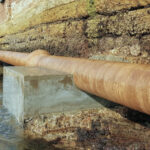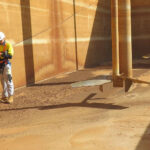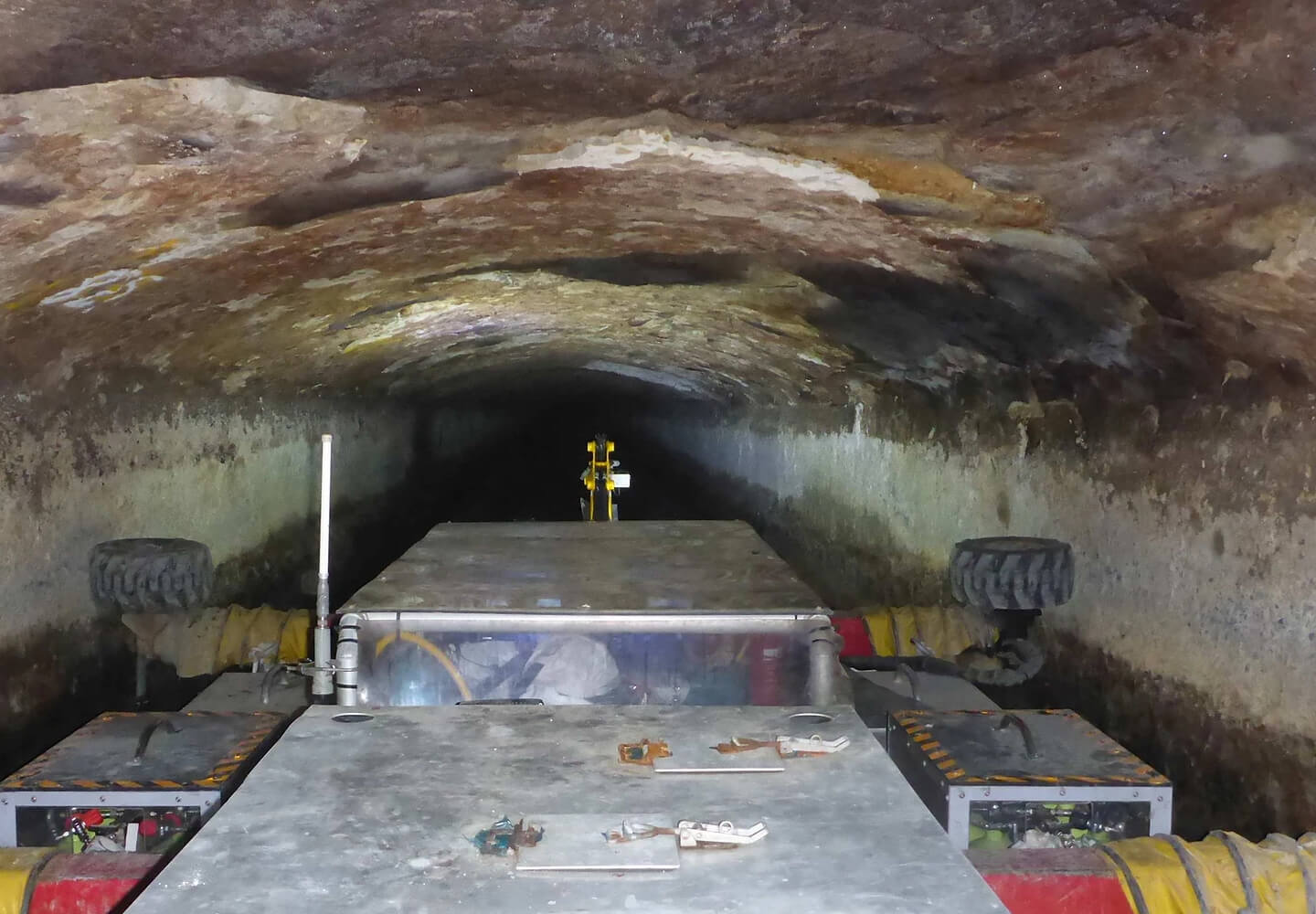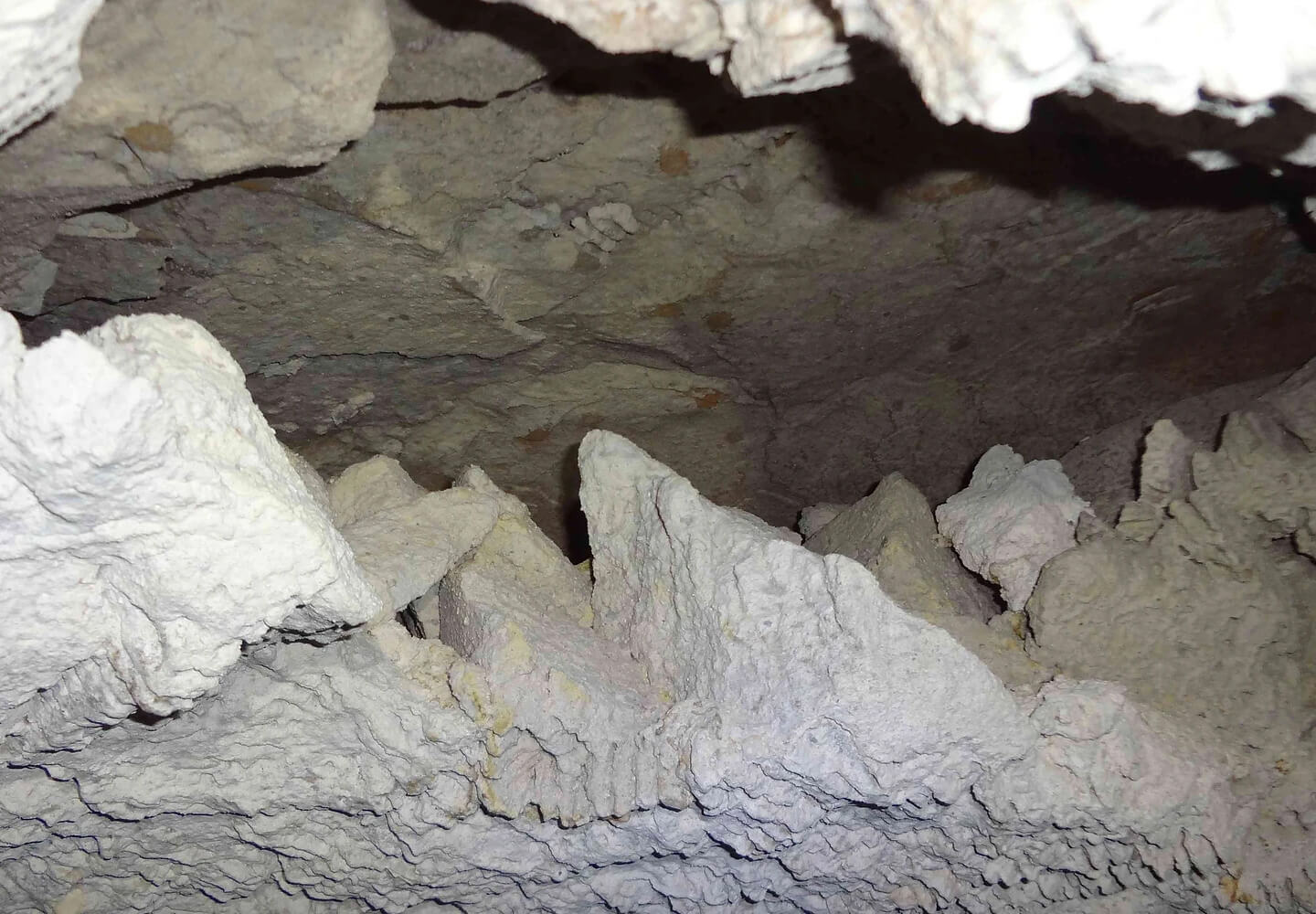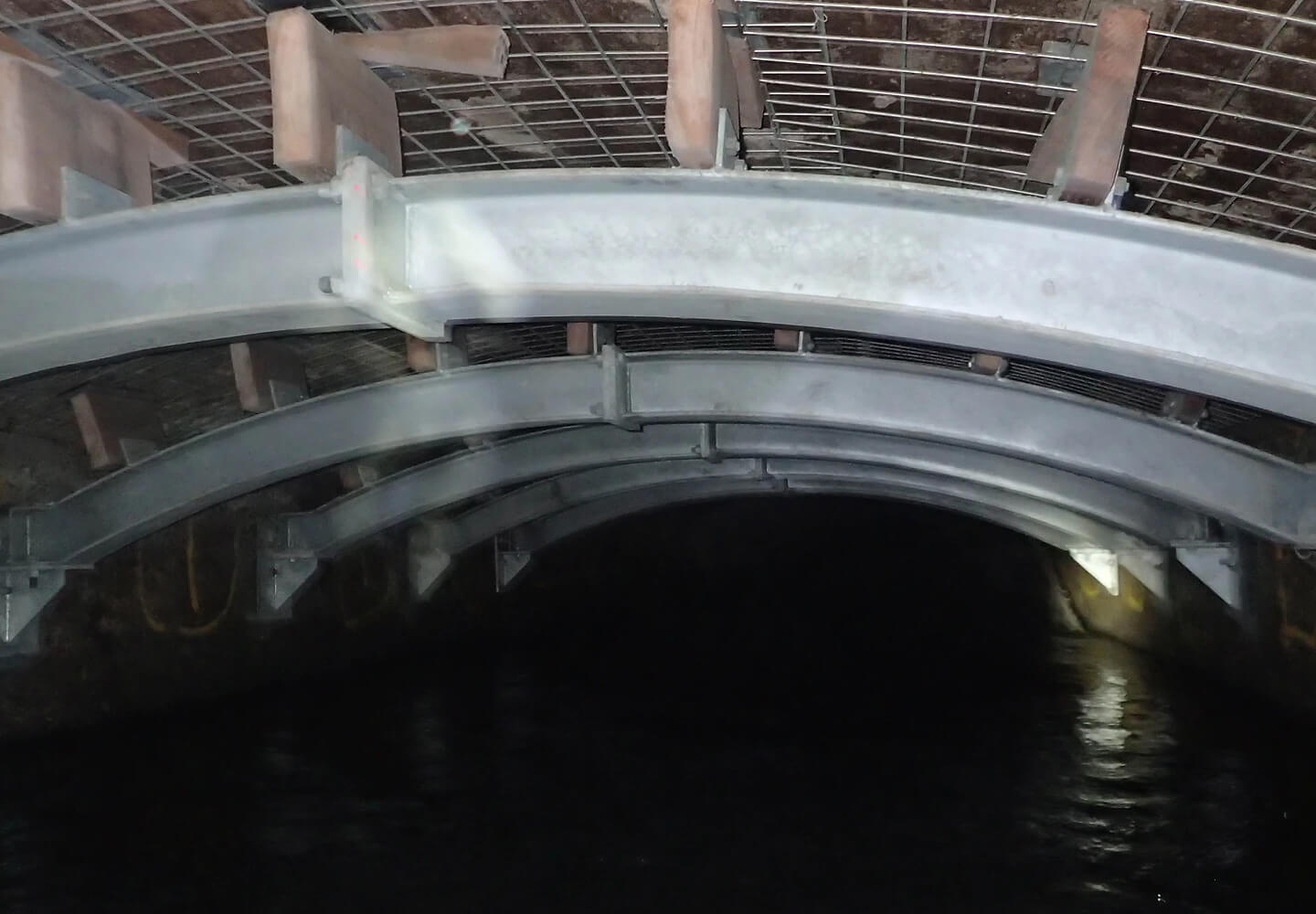Desilting and Rehabilitation
Northern Suburbs Ocean Outfall Sewer
We have been involved with the inspection and condition assessment of the Northern Suburbs Ocean Outfall Sewer (NSOOS) since 1990. We have an intrinsic knowledge of the NSOOS including an understanding of the mechanism of failure, operational conditions, changes in the environment and challenges of working in a live sewer.
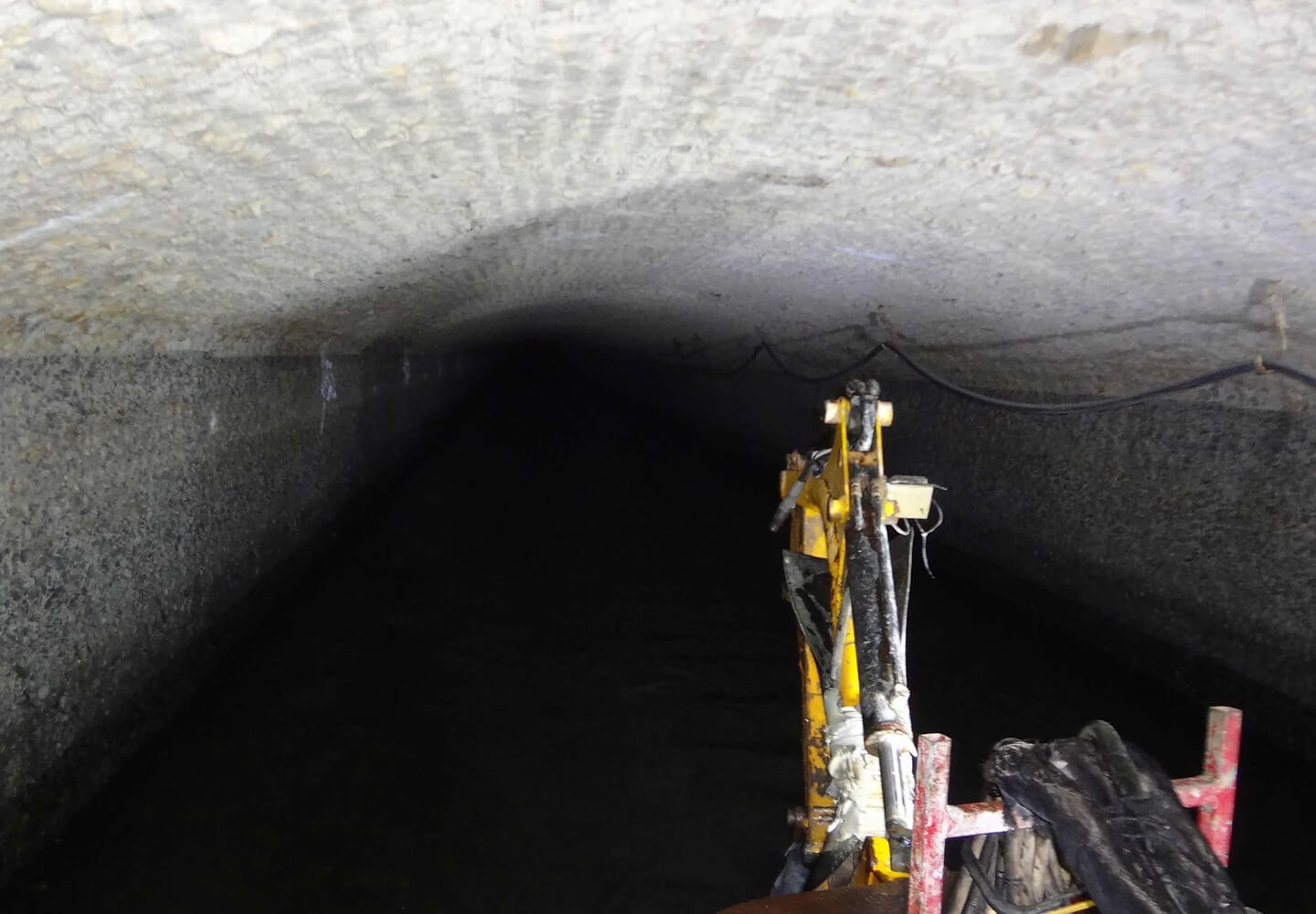
The Northern Suburbs Ocean Outfall Sewer (NSOOS) runs along the north side of Parramatta River collecting sewage from as far west as Blacktown and transporting it to the North Head Treatment Plant. It was constructed progressively between 1920 and 1933 and services an area of 416 km2 collecting about 25% of the total sewage flows for the Sydney Basin.
Operational conditions over the past century has resulted in deterioration of the concrete roof with sheet delamination (typically 75 to 100mm thick) of the inner layers of the concrete roof lining. The fallen pieces of the roof are too large and heavy to be moved by the natural cleansing action of the sewer and they create obstructions that collect further silt and debris. The increased silt levels were the catalyst for the implementation of a major refurbishment program which required the removal of the silt and debris as the highest priority to restore operational capacity of the sewer. Structural repairs to the sections of the sewer arched roof were also required.
SASTTI JV personnel have been involved with the inspection and condition assessment of the NSOOS since 1990. This intrinsic knowledge of the NSOOS experienced over time including an understanding of the mechanism of failure, operational conditions, changes in the environment and challenges of working in a live sewer were key factors in the engagement of SASTTI JV as the design consultant to work collaboratively with Sydney Water and Delivery Contractors to tackle the problem.
The nature of the work meant that there were a number of key challenges that needed to be addressed before desilting and rehabilitation of the NSOOS could be completed. Some of these challenges included:
-
The quantity of silt present within the tunnel was not known.
-
Work had to be completed while the NSOOS was in operation. This presented challenges associated with the depth of flow, means of isolation, ensuring safe working conditions etc.
-
Technology was not available that was capable of removing silt at a suitable rate of productivity in large trunk sewers under live flow conditions.
-
The silt that needed to be removed from the NSOOS included large pieces of hard debris relating to the delaminated roof lining.
-
Silt and debris needed to be collected and transported considerable distances along the sewer.
-
Removal of the silt disturbs sludge on the floor of the tunnel which releases further toxic gasses in addition to those already present in the sewer atmosphere.
-
Finding suitable above ground access points for the removal of silt and debris with many of the existing maintenance holes now present in busy roads, backyards or at excessive depths and not suitable for use.
SASTTI JV has been involved with the Northern Suburbs Ocean Outfall Sewer desilting and rehabilitation program since its conception. As part of our role as the design consultant SASTTI JV was responsible for:
-
Assisting Sydney Water in determining the evaluation criteria for the development of new pieces of equipment for desilting.
-
Development of various technical specifications for each of the different stages of work including all requirements associated with the work such as the scope of work, site access requirements, repair requirements, flow monitoring requirements, odour control, working hours, schedule of rates etc.
-
Structural Design of various repair types to cover the different levels of deterioration of the arched roof encountered.
-
Completion of the design drawings covering the works.
-
Determine the location, quantity and extent of silt removal and structural repairs required, including on site verification.
Although the 15-year NSOOS rehabilitation and desilting project is only in its infancy, it is expected the technology will continue to evolve during this time. The work on the NSOOS is the first of its kind in Australia and has provided a solution to how Water Authorities can tackle the challenges associated with desilting large trunk sewers while they remain in operation.
